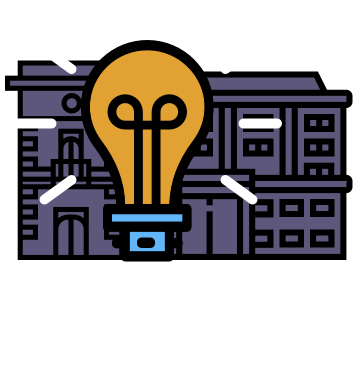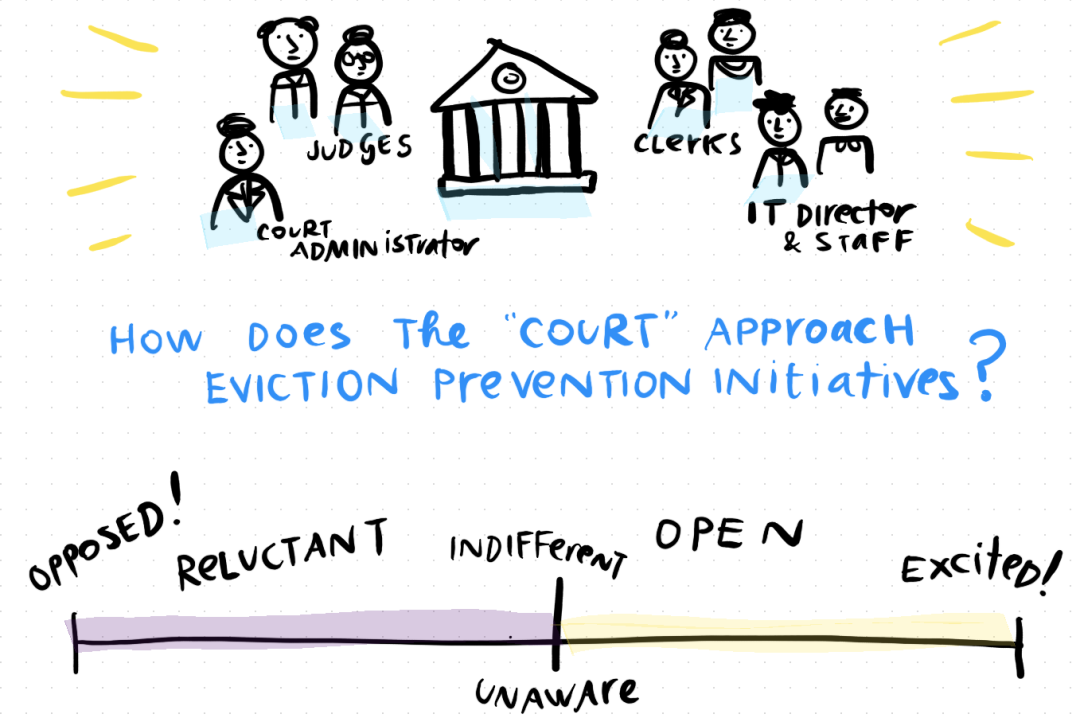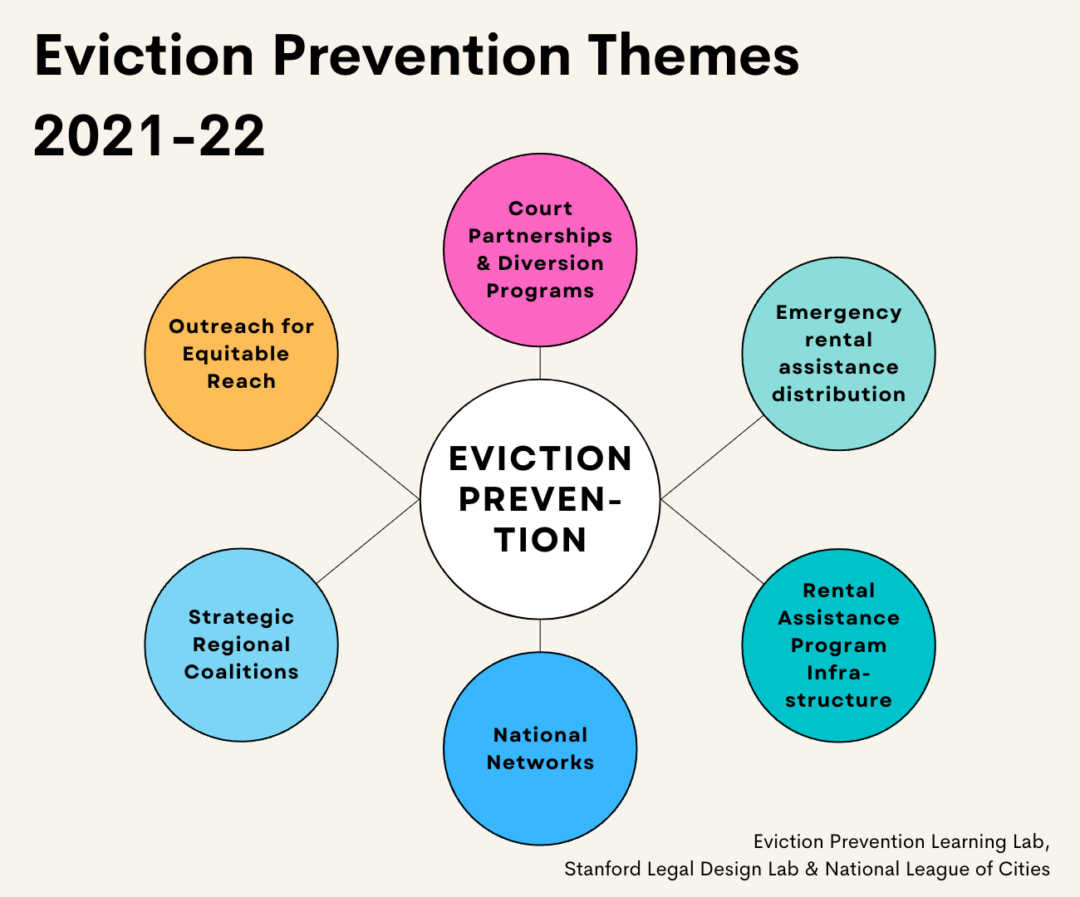Housing Justice Work that gets to structural inequalities
By Margaret Hagan

The Stanford Legal Design Lab has been collaborating with the National League of Cities to run a 30-city cohort, the Eviction Prevention Learning Lab. We run regular meetings, technical assistance sprints, and peer-learning to spread best practices on eviction prevention. And every quarter we have a big meeting on an issue that many city leaders and communities are reckoning with.
This month our focus has been on Racial Equity & Eviction Prevention. We had a meeting with a series of speakers from across the US, and across perspectives (tenants, landlords, lawyers, policy-makers, and more) to talk about how racial justice intersects with housing justice.

You can read more about the demographics of eviction from this report from the Eviction Lab. (The page also has a look-up tool at Figure 1, in which you can type in a county to see its local demographics of eviction rates). You can also read this Harvard report on the State of the Nation’s Housing for more stats, graphs, and explanations of what’s going on.
Here are my sketched notes about some of the conversations that emerged.
Point 1: We need to reframe discussions about evictions away from one-off personal problems, to long-standing structural inequities.

This means collecting more demographic data on who is being evicted. Many cities are mapping out zip codes, racial groups, gender groups, and other identifiers to see who is most likely to be rent-burdened or face eviction. See:
- a data dashboard & breakdown of eviction statistics from Chicago (https://eviction.lcbh.org/geography/type/ca)
- reports from Louisville (https://metropolitanhousing.org/wp-content/uploads/2021/04/FINAL_MHC_2020-2021-SMHR_web.pdf),
- a data dashboard from Hennepin County, Minnesota (https://app.powerbigov.us/view?r=eyJrIjoiYzQ1NDQyYzUtZDY2Zi00OTIxLThiZDgtZGQ3MWYwZjM5NmQ0IiwidCI6IjhhZWZkZjlmLTg3ODAtNDZiZi04ZmI3LTRjOTI0NjUzYThiZSJ9)
- reports and maps for Baltimore City and for the State of Washington, (https://evictions.study/index.html)
Point 2: We need to build local eviction prevention & housing justice ecosystems.

This ecosystem was drawn based on Buffalo’s network of providers, community members, policy-makers, and others. To get to upstream solutions and downstream services, it takes many different kinds of people. People on the ground holding community conversations & taking direct action. People in the government agencies who are collecting data, organizing inspections, rethinking rules and processes. People in service agencies who can provide community outreach, meaningful services, and holistic support.
This kind of ecosystem is needed to deal with the direct crises around a potential eviction, and then also plan for big changes to the system of laws, processes, and informal policies that lead to inequities in housing.
Point 3: Getting to Housing Justice & Equity will be a lengthy process. It can be healthier and more likely to succeed if the right people are at the table.

This means getting more landlords involved in eviction prevention discussions.
And having more people with lived experiences as tenants, property managers, landlords, and community residents taking part in the policy-making.
We also need to create more neutral, honest spaces to solve the brewing crises between individual landlords & tenants when someone is behind on rent or facing eviction. We need to design mediation programs that can solve people’s problems early, and keep things from escalating into court cases and forcible removals.
Do you have experience working on community-driven housing justice? Or in using data to make better eviction prevention policies, that get resources to the people and communities that need it most?
- Read more on the history of inequality and housing in California here at this report from PolicyLink.
- Learn more about the 30-city Eviction Prevention Learning Lab here
- Come explore more service, tech, and policy innovations for eviction prevention at our Lab’s website on Eviction Innovations



